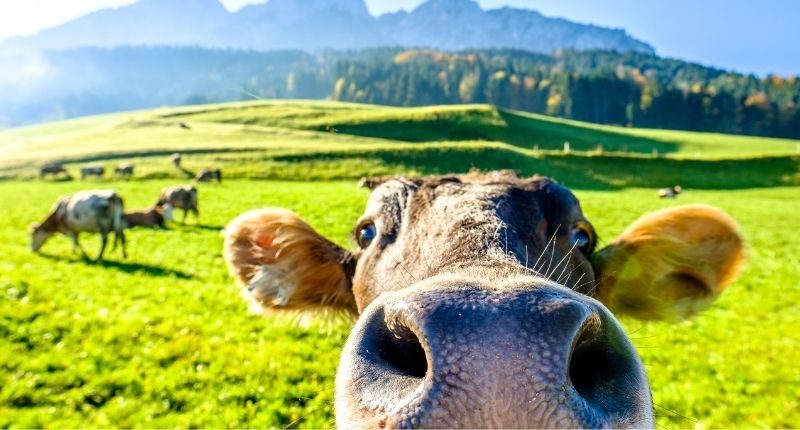- Agricultural sector is set for a solid year in 2021
- A pandemic-fuelled 'tree change' movement is also happening
- Together, this is pushing regional house prices up faster than in the cities
Despite the global challenges of 2020, Australian agriculture has generally had “a very good run”, and this is set to continue, according to a new NAB Economics report.
Driven by strong prices for many (but not all) commodity prices and much improved seasonal conditions, the report maintains that the sector is “in its strongest position in years.”
Despite the lingering Chinese trade war, including that 80% tax imposed on Australian barley exports last year, the outlook for 2021 is described as “solid”.
An appreciating Australian dollar (making export earnings rise, and imported products cheaper) combined with record-high cattle prices and a wetter than average growing season should feed into higher returns to producers. As will historically-low interest rates.
The NAB’s Rural Commodities Index rose 4.2% in January 2021 as a result. It is now sitting 7.3% higher than the same time last year.

Rabobank agrees, with its main forecasts for 2021 being:
- strong global demand keeping wheat prices firm;
- dairy farms should be in a profitable position;
- a rebuilding year for beef;
- strong lamb prices to continue;
- recovery for cotton production;
- COVID-19 disruptions to some supply chains.
With much recent discussion around the booming property market in capital cities, all this good news for the regional economy is pushing their property prices up.
Indeed, for the first time in 15 years, regional Australian house prices are now rising at a higher annual rate than capital cities.
During the whole of 2020, while capital cities’ average house prices rose 2%, out in the regions they were rising by 7%, according to CoreLogic.
But this is not all driven by a better economy in the bush. The ‘tree change’ and ‘sea change’ phenomenon, exacerbated by the pandemic, has made towns an hour or two’s drive from major cities a very attractive option.
Combining working from home with living a commutable distance from a city has made places such as Wooloongong, Geelong, Newcastle, Bunbury, the Sunshine and Gold Coasts appealing.
This could be good for regional investors, but not great for renters looking for relatively affordable options compared to the city.
~~
Reports mentioned:
- ‘Rural Commodities Wrap’, NAB, February 2021
- ‘Four charts that show regional returns in a league of their own’, CoreLogic, 22 January 2021
- ‘Australian agriculture looking to profitable year ahead – industry outlook’, Rabobank, January 2021





